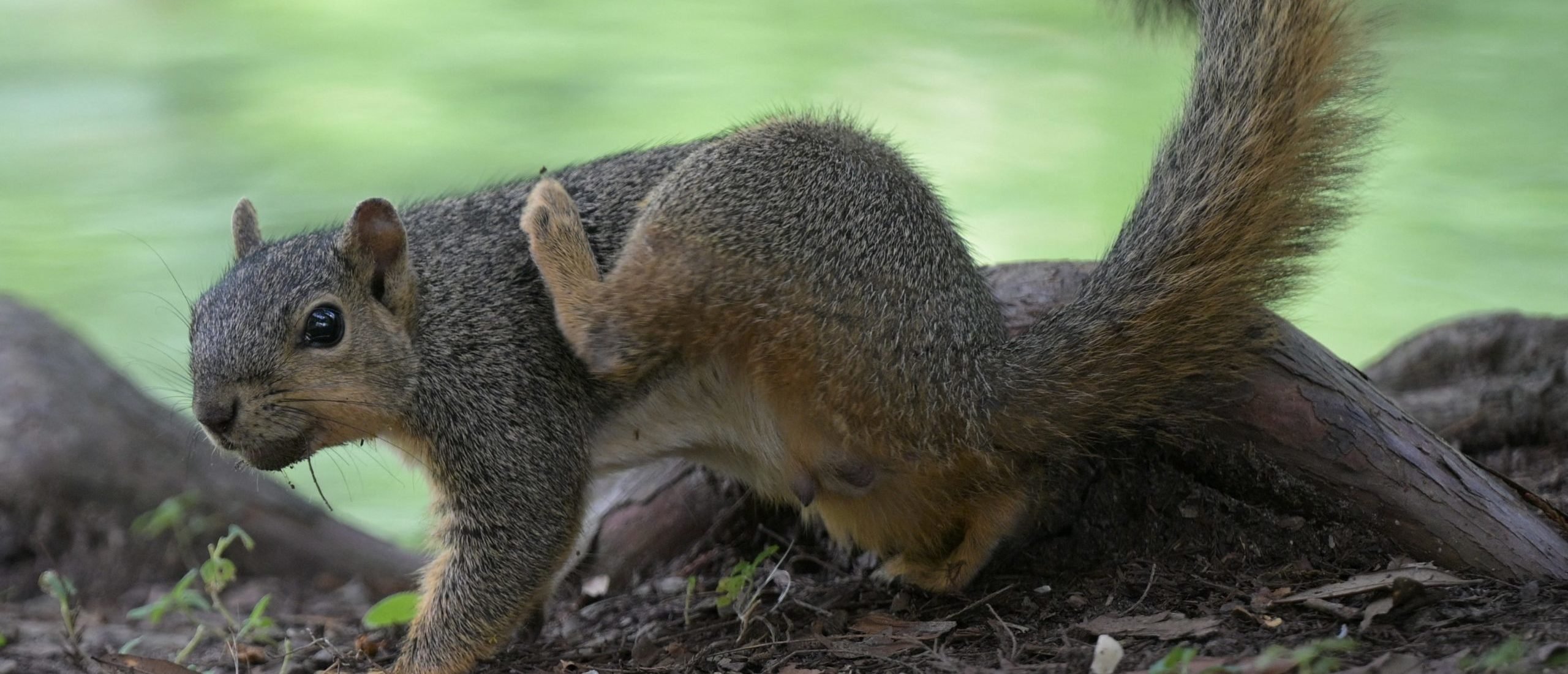Historical Impact of the Plague in Colorado

The plague in colorado – The plague, a deadly bacterial infection, arrived in Colorado in the early 20th century, leaving a lasting impact on the state’s population and economy.
Timeline of the Plague’s Arrival, The plague in colorado
- 1908: The first case of the plague in Colorado was reported in Denver.
- 1909-1910: The plague spread rapidly throughout the state, reaching its peak in 1910.
- 1911-1915: The plague continued to decline, but sporadic cases were reported until 1915.
Geographic Spread of the Plague
The plague spread throughout Colorado, with cases reported in both urban and rural areas.
- Denver was the hardest-hit area, with over 1,000 cases reported.
- Other cities and towns that were affected by the plague included Boulder, Colorado Springs, and Pueblo.
- The plague also spread to rural areas, including the San Luis Valley and the Eastern Plains.
Impact of the Plague
The plague had a significant impact on Colorado’s population and economy.
- Over 1,000 people died from the plague in Colorado.
- The plague caused widespread panic and fear, leading to a decline in tourism and economic activity.
- The state government implemented a number of measures to control the plague, including quarantines and rat eradication programs.
Current Situation and Management of the Plague in Colorado

The plague is a bacterial infection that is transmitted to humans through the bites of infected fleas. In Colorado, the plague is primarily found in rodents, such as prairie dogs and ground squirrels, and their fleas. The plague can be fatal if not treated promptly.
The Colorado Department of Public Health and Environment (CDPHE) monitors the plague in the state and takes steps to control the disease. These steps include:
- Surveilling rodents and fleas for the plague
- Treating infected rodents and fleas
- Educating the public about the plague
The CDPHE also recommends that people take the following steps to prevent plague infections:
- Avoid contact with rodents and their fleas
- Wear long pants and sleeves when hiking or camping in areas where rodents are known to live
- Use insect repellent containing DEET or picaridin
- Keep pets on a leash and away from rodents
If you think you may have been exposed to the plague, see a doctor immediately. Early diagnosis and treatment are essential for preventing serious complications.
The plague had ravaged Colorado, leaving behind a trail of despair and desolation. Amidst the chaos, a flicker of hope emerged in the form of a soccer match between Cincinnati and D.C. United ( cincinnati vs d.c. united ). The game served as a temporary respite from the horrors of the plague, a reminder that even in the darkest of times, there is still room for joy and camaraderie.
Yet, as the match ended and the crowds dispersed, the reality of the plague remained, a somber reminder of the fragility of life.
The plague in Colorado had ravaged the land, leaving behind a trail of devastation. As the survivors struggled to rebuild, they heard whispers of a distant city called Guadalajara Toluca , where life flourished despite the plague’s grip. The mere thought of a haven reignited a flicker of hope within their weary hearts, and they set off on a perilous journey, their spirits bolstered by the promise of a better tomorrow.
